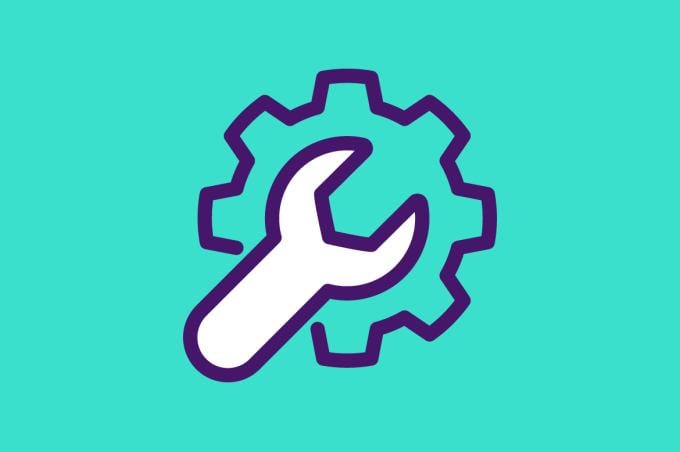What’s the news: The Medicare Payment Advisory Commission (MedPAC) has recommended that Congress link next year’s physician payment update to the growth in the cost of providing care. The first move in that direction came last month as Congress failed to eliminate this year’s 2.8% cut, marking the fifth consecutive year of cuts.
“MedPAC has highlighted how Congress can strengthen Medicare policy,” said AMA President Bruce A. Scott, MD, who noted that the MedPAC “report offers a road map to Congress on how to address the cuts.”
Dr. Scott added that “the AMA appreciates commissioners and staff for listening to physicians around the country.”
MedPAC voted in March to recommend to Congress a 2026 payment update to physician practices of Medical Economic Index (MEI) minus 1 percentage point.
“MedPAC was created to advise Congress. Now, will lawmakers listen?” Dr. Scott said. “We welcome MedPAC’s help in highlighting the danger of doing nothing. The status quo is not an option.”
In April, MedPAC voted to recommend that Congress change the baseline increase to physician payment from 0.25%—or 0.75% if participating in an alternative payment model—to a portion of MEI, such as MEI minus 1 percentage point, every year for the foreseeable future.
“In studying options, MedPAC saw the overwhelming evidence that a new approach was needed,” Dr. Scott said in reaction to the latest recommendation. “We appreciate that the commission recommended an automatic, yearly update to reflect the increasing costs of running a practice. This is the approach Medicare has long used for other health care providers, and it has a record of ensuring stability.”
Why it’s important: The AMA has long supported tying Medicare updates to the full MEI, or practice cost inflation. After adjusting for the inflation in practice costs, Medicare payment to physician practices has dropped 33% (PDF) since 2001.
The failure to ensure that Medicare physician payment keeps pace with practice-cost inflation has forced many physicians to take painful measures, including closing their doors entirely. That is what Lisa Bohman Egbert, MD, the speaker of the AMA House of Delegates, had to do recently—shutting down her solo ob-gyn practice in Dayton, Ohio, after nearly 30 years.
The AMA’s two-page explainer on the MEI (PDF) outlines how it incorporates these two categories reflecting the resources used in medical practices:
- Physician practice costs, which includes components for nonphysician compensation such as fringe benefits, medical supplies, professional liability insurance and other expenses. Each component is assigned a weight and various proxy indices are used to estimate price changes.
- Physician compensation, which reflects increases in general earnings and is currently proxied by changes in the wages and benefits of professional occupations in the U.S. from the Bureau of Labor Statistics. The change in the combined practice costs and physician compensation components of the MEI is then reduced by the 10-year average of economywide, multifactor productivity.
MedPAC has expressed concern that the Medicare updates are insufficient in the face of high inflation for practices, which is estimated at 3.5% this year. The AMA has warned lawmakers that the unsustainable economics of running a practice threaten access to care, especially in rural and underserved communities.
“This recommended policy change is needed to ensure patients will have continued access to quality care. Medicare is broken. Under the financial stress, burnout has become an occupational hazard for physicians,” Dr. Scott said. “As these cuts pile up year after year, more and more physicians are closing their practices, leaving patients without access. It just makes sense that payment must keep pace with increasing costs.”
The April MedPAC vote followed the decision, also in April, to raise by 5% the payment rates for Medicare insurers. That move will generate more than $25 billion in additional revenue for the industry.
“Increasing pay to insurance companies—which are enjoying record profits—while cutting pay for physicians who are struggling to keep our practices afloat suggests a case of misaligned priorities. Physicians are the very foundation of health care,” Dr. Scott said. “Regardless how flush insurers are, patient access will suffer if physicians close their practices.”
In a letter (PDF) to MedPAC Chair Michael E. Chernew, PhD, AMA Executive Vice President and CEO James L. Madara, MD, strongly urged that the commission “to recommend an annual physician payment update by the full increase in inflation as measured by the MEI, which includes a productivity adjustment, to ensure predictability and stability for physician payment and to maintain or improve access to care.”
A bipartisan group of 10 House members introduced a bill in late January to stop the 2.8% cut, while providing a 2% payment update. The AMA is leading the charge to reform the Medicare payment system and strongly supports the legislation—H.R. 879, the Medicare Patient Access and Practice Stabilization Act of 2025, which had garnered nearly 150 co-sponsors at this article’s deadline.
Learn more: Patients and doctors across the nation have generated more than half a million messages to Congress as part the AMA’s Fix Medicare Now campaign. Send your message to Congress today, telling them to pass H.R. 879.
Dive deeper to learn how Medicare pay cuts:
- Endanger physician practices.
- Threaten patients’ access to care.
- Especially affect rural America.
- Put even big medical groups at risk.
- Hit solo physician practices hard.
Explore further with the Medicare Basics series, which provides an in-depth look at important aspects of the Medicare physician payment system. With these six straightforward explainers, policymakers and physician advocates can learn about key elements of the payment system and why they are in need of reform.




